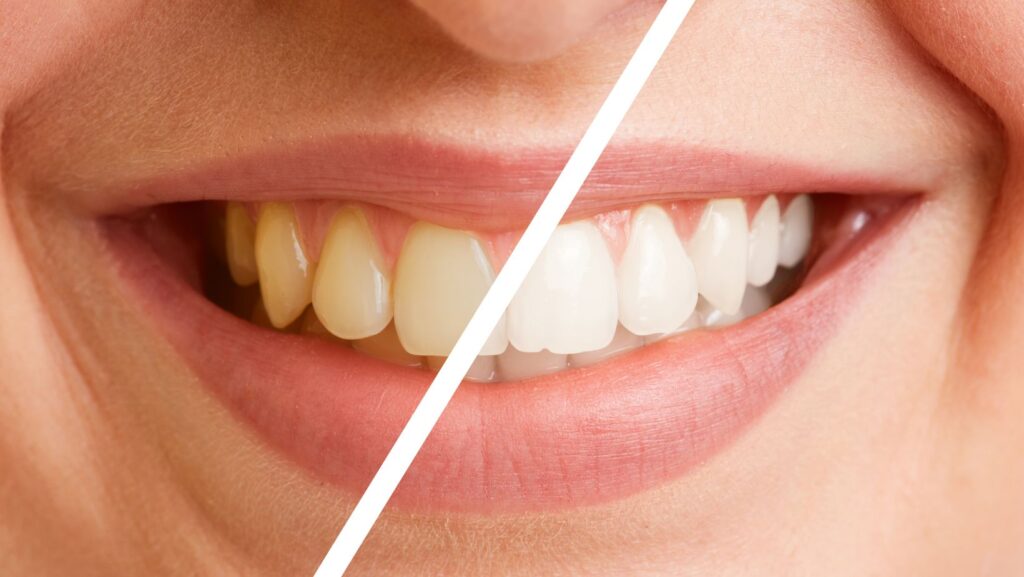Cavities, also called dental caries or tooth decay, are among the most common dental issues, affecting nearly 90% of adults at some point in their lives. When left untreated, cavities can cause discomfort and lead to more serious oral health complications.
Recognizing the symptoms of cavities and maintaining regular dental check-ups can help detect and treat them early, preventing pain and potential health risks. In addition, adopting good oral hygiene and healthy eating habits can significantly reduce the risk of cavities.
What Exactly is a Cavity?
When we consume food and drinks, a sticky film known as plaque forms along the teeth and gums. If not removed through brushing, the bacteria in plaque produce acids when they come into contact with sugars and starches. These acids gradually erode the enamel (the protective outer layer of teeth), eventually creating a small hole, or cavity.
What Do Cavities Look Like?
In the initial stages, cavities may appear as white, brown, or black spots on the surface of the tooth. As the decay progresses, it can create visible holes. Without treatment, the decay may spread deeper, reaching the nerve and potentially leading to infections, tooth fractures, or even tooth loss.
Dentists typically identify cavities by examining your teeth for discoloration, holes, or soft spots. They may also use x-rays to detect hidden decay, particularly between teeth or under the gumline.
Warning Signs of a Cavity
In the early stages, tooth decay often presents no symptoms. However, as the cavity develops, you may experience:
Persistent toothache or discomfort
Sensitivity to hot, cold, or sweet foods and drinks
Visible holes or dark spots on your teeth
Bad breath or an unpleasant taste in your mouth
How Cavities Are Treated
Treatment options for cavities depend on the stage of tooth decay. If caught early, your dentist may help remineralize the enamel with fluoride treatments, which can strengthen the teeth and reverse early signs of decay.
Once a cavity has formed, the decayed portion of the tooth will need to be removed. The resulting hole is then filled using either a tooth-colored composite or a silver-colored amalgam. In more severe cases, treatments such as crowns, root canals, or even extractions may be necessary to restore oral health.

